Why Trust Gadgetbyte?
At Gadgetbyte, we invest substantial hours into rigorously testing each product or service we review, guaranteeing that you make informed purchases. Learn more about our testing process.
Review Overview
Design and Build
8.5/10
Display
9.5/10
Performance
9.5/10
Back Cameras
8.5/10
Front Camera
9/10
Software and UI
9/10
Battery
9/10
Speaker and Haptics
9/10
Value for Money
9/10
iQOO 11 does many things right for a flagship killer phone. Especially in the performance department. But the biggest dilemma most people might have with the iQOO 11 is definitely if they should go with most other mainstream brands by spending a little more instead.
| iQOO 9 | iQOO 9T | iQOO 11 | |
| 8/128GB | INR 42,990 | INR 49,999 | N/A |
| 8/256GB | N/A | INR 59,999 ↑ | |
| 12/256GB | INR 46,990 | INR 54,999 | N/A |
| 16/256GB | N/A | INR 64,999 ↑ | |
| Bank discount | (INR 4,000) | (INR 4,000) | (INR 5,000) |
Even after considering all the bank discounts and other benefits. I've been using the iQOO 11 for a couple of weeks now and I really wanted to see if the iQOO 11 actually manages to deliver a flagship-level experience to justify that price tag. Or are you better off with the competition like Google's Pixel 7, the new OnePlus 11, or even last year's iPhone 13? Let's find out from our iQOO 11 review.iQOO 11 Review: SpecificationsOuch—compared to the iQOO 9 or the iQOO 10 that launched under the iQOO 9T disguise in the Indian market, that is quite a steep price jump.
- Body: 77.07 x 164.86 x 8.4–8.72mm, 205–208gm, Glass front/back, Aluminum frames, Organic silicone leather (Legend finish), No IP rating
- Display: 6.78-inches E6 AMOLED panel, Up to 144Hz refresh rate, 300Hz touch sampling rate, Gorilla Glass Victus, LTPO 4.0, HDR10+
- Other Properties: 1100 nits (typ) brightness, 1800 nits (HDR) brightness, 1440Hz PWM dimming, ΔE≈0.3
- Resolution: 2K QHD (3200 x 1440 pixels), 517 PPI, 20:9 aspect ratio
- Chipset: Qualcomm Snapdragon 8 Gen 2 5G (4nm mobile platform)
- CPU: Octa-core:– 1x Cortex-X3 (3.2 GHz)– 2x Cortex-A715 (2.8 GHz)– 2x Cortex-A710 (2.8 GHz)– 3x Cortex-A510 (2.0 GHz)
- GPU: Adreno 740
- Memory: 8/12/16GB LPDDR5X RAM, 128GB UFS 3.1 storage or 256/512GB UFS 4.0 storage (fixed)
- Software & UI: Android 13 with Vivo's Funtouch OS 13 on top
- Rear Camera: Triple (with dual LED flash);– Wide: 50MP Samsung ISOCELL GN5, f/1.88, 1/1.57″ sensor, OIS– Ultrawide: 8MP, f/2.2, 120° FoV– Telephoto: 13MP, f/2.46, 2x optical / 20x digital zoom
- Front Camera: 16MP, f/2.45 sensor (hole-punch cutout)
- Audio: Built-in stereo speakers, No 3.5mm headphone jack
- Security: In-display fingerprint sensor (optical)
- Sensors: Accelerometer, Ambient light, E-compass, Gyroscope, Proximity, Infrared (IR blaster)
- Connectivity: Dual-SIM (Nano), WiFi 6 a/b/g/n/ac/ax (Dual-band), Bluetooth 5.3, GPS / AGPS / Galileo / Glonass / QZSS / Beidou / GNSS / NavIC, USB-C port, NFC, 4G LTE (VoLTE), Dual 5G
- Battery: 5000mAh with 120W fast charging (120W adapter provided)
- Color Options: Legend, Alpha, Isle of Man Special Edition (China only)
- What’s Inside The Box: iQOO 11, USB-C to USB-C cable, 120W power adapter, SIM ejector tool, Transparent case, 3.5mm headphone jack adapter, User manual and other documents
- Price in Nepal: N/A (Starts at INR 59,999 in India)
iQOO 11 Review:
Performance
- Octa-core Qualcomm Snapdragon 8 Gen 2 5G SoC (4nm)
- Up to 16GB LPDDR5X RAM, Up to 512GB UFS 4.0 storage (fixed)
- Android 13 with Vivo's Funtouch OS 13 on top
Review Images
1/4
AnTuTu
Enough of the raw numbers, what about the actual, real-life performance? Don’t worry, the iQOO 11 is a real beast when it comes to gaming as well.So much so that this is easily the most significant generational upgrade I’ve seen from Qualcomm in recent years.
Terrific gaming experience
With 8 Gen 1-powered phones, I remember having to explain their performance with a lot of intricate (and frankly a little boring) details. But almost all of that changes with 8 Gen 2. Even in GPU-heavy games like Genshin Impact, the iQOO 11 manages a steady 60 fps at the Highest setting with negligible frame drops. The phone’s temperature doesn’t get alarmingly hot or anything either, so that’s good too. But iQOO’s promise of 144 fps gaming has left me disappointed.With frame interpolation, iQOO says it can deliver 144 fps on Genshin Impact, although it never went above 48 fps in all my testing. I’m not sure how long or how steadily it can handle 144 fps gameplay but this feels like a software issue, so let’s hope the company fixes it as quickly as possible.iQOO 11 also maintains a stable 60 fps on other popular titles like PUBG Mobile, Apex Legends, and Asphalt 9 at their respective max visual settings. I even tried a few 120 fps-optimized games including Injustice 2 and Mech Arena but the iQOO 11 couldn’t constantly hit 120 fps—hovering around 115 fps instead.Even terrific(er?) gaming experience
Anyway, to further enhance your gaming experience, iQOO 11 has a few neat tricks as well. Like the dual-axis haptics motor to keep you immersed in the game, and the ability to set virtual pressure-sensitive buttons or motion control for quick in-game actions.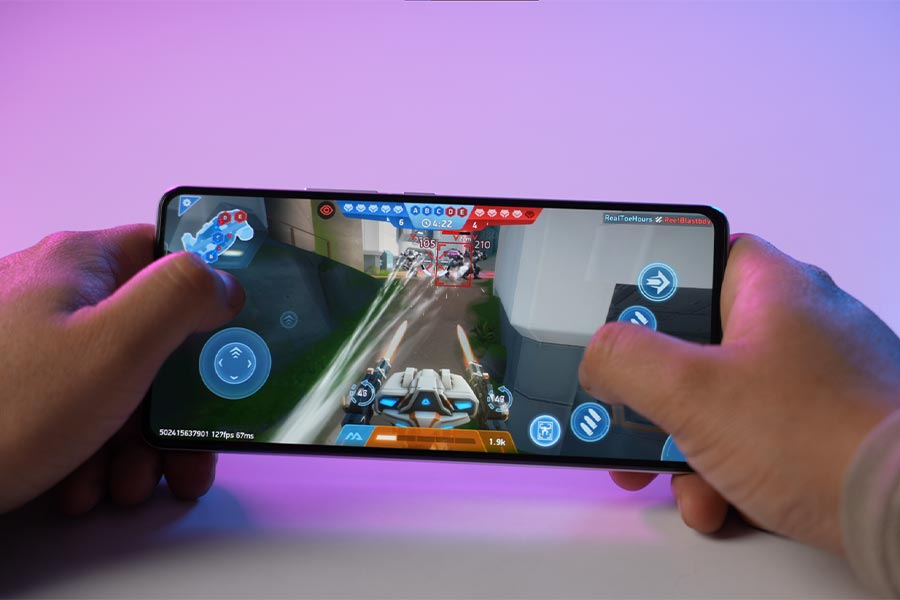
Design and Build
- 77.07 x 164.86 x 8.4–8.72 mm, 205–208 grams
- Glass front/back, Aluminum frames
- Organic silicone leather (Legend option only)
- No official IP rating
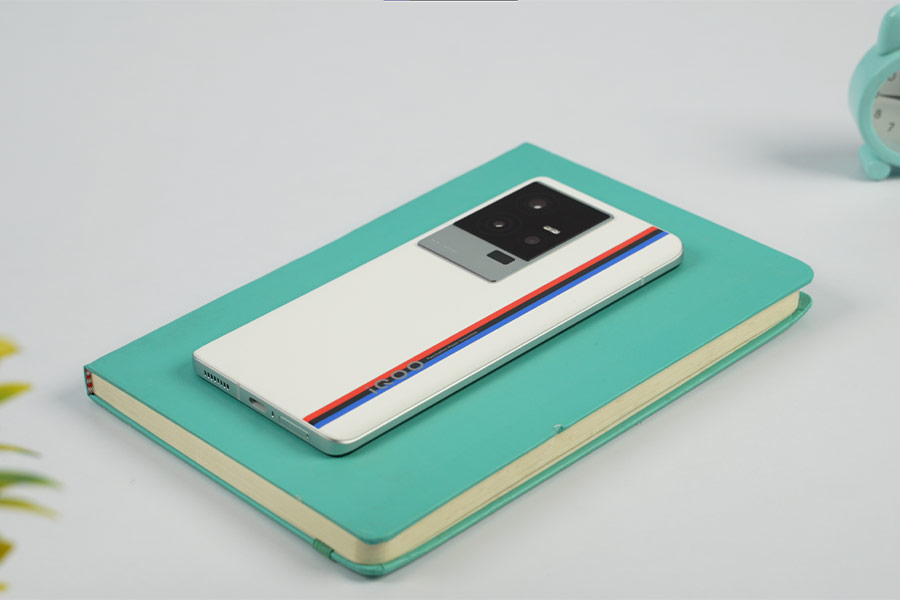
Display
- 6.78-inches 2K QHD E6 AMOLED panel
- 144/300Hz refresh/touch sampling rate
- 1100 nits (peak) brightness, 1800 nits (HDR)
- Corning Gorilla Glass Victus protection
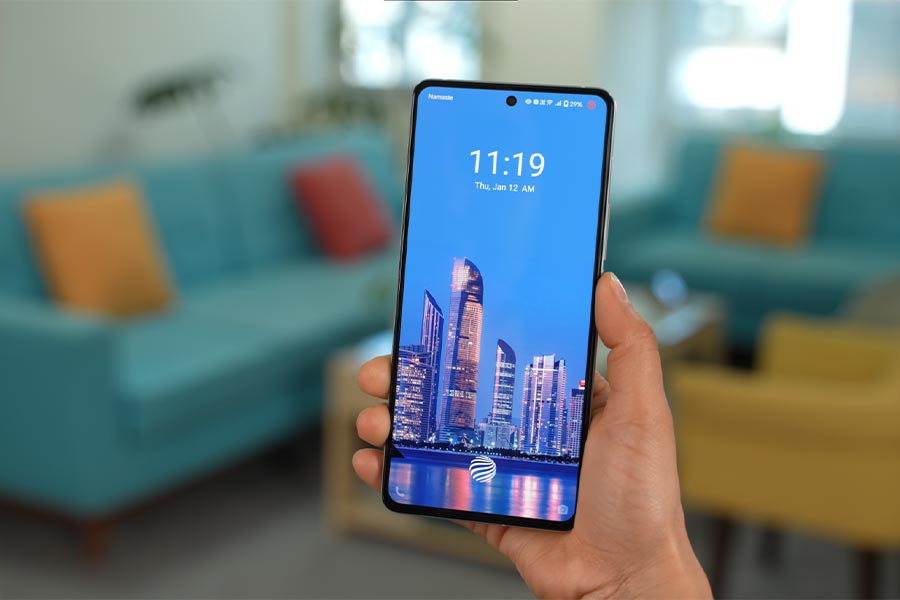
Not true stereo speakers
On that note, iQOO 11’s stereo speakers also get quite loud and the overall audio quality sounds rich and detailed. But since it’s still using the earpiece as the second channel speaker, there is some imbalance in the sound output.Is this really a 144Hz display?
Another (sort of) controversial spec about this phone’s display is the 144Hz refresh rate. I was nearly ready to send my unit for replacement because it was maxing out at just 120Hz, but apparently, that’s how iQOO has tuned things here. Be it system or most third-party apps, 120Hz is all you get. And only some handpicked games and benchmarking apps like Genshin Impact, AnTuTu, Geekbench, and 3DMark have been optimized to run at 144Hz for some reason.It’s not that the 8 Gen 2 can’t handle 144Hz—even at 2K resolution—so this has more to do with iQOO prioritizing thermals and power consumption above somewhat smoother UI response. I’ve used a few 144Hz smartphone displays before and I’m not saying it’s a drastic upgrade over 120Hz or anything, but the way things are, I think calling this a 144Hz display is purely misleading.That’s next to useless.
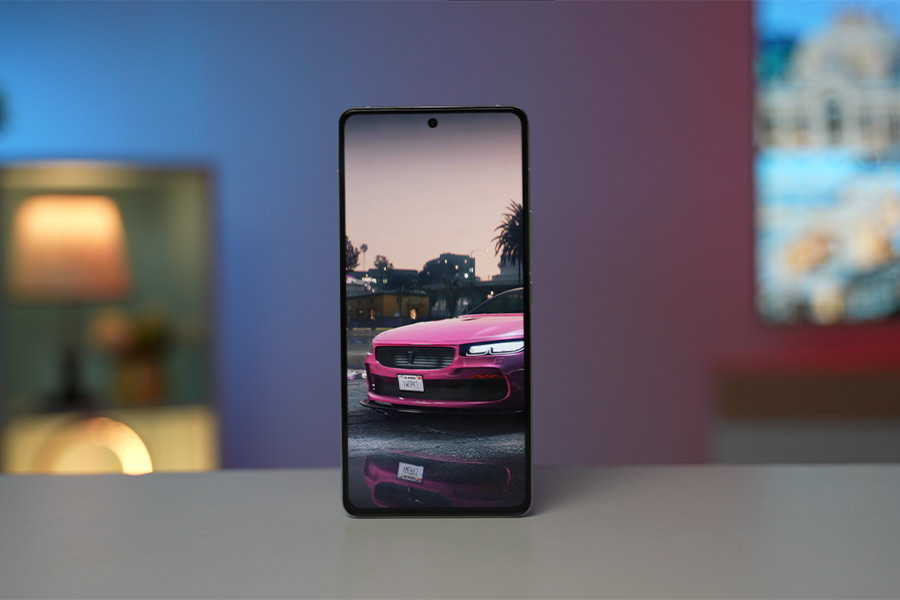
Battery
- 5000mAh with 120W fast charging
- No wireless charging support
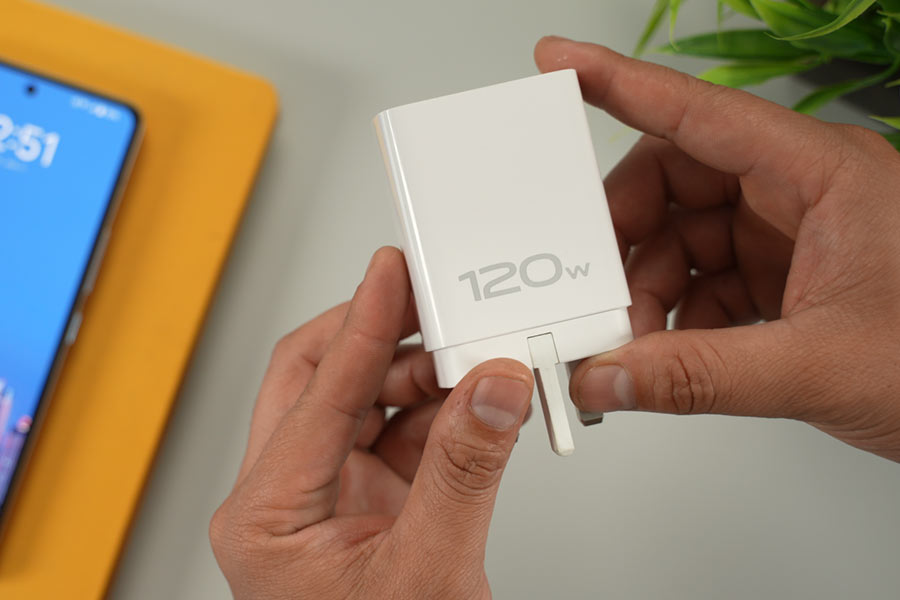
Cameras
- Triple camera setup at the back
- (50MP main, 8MP ultrawide, 13MP telephoto)
- 16MP selfie camera (hole-punch)
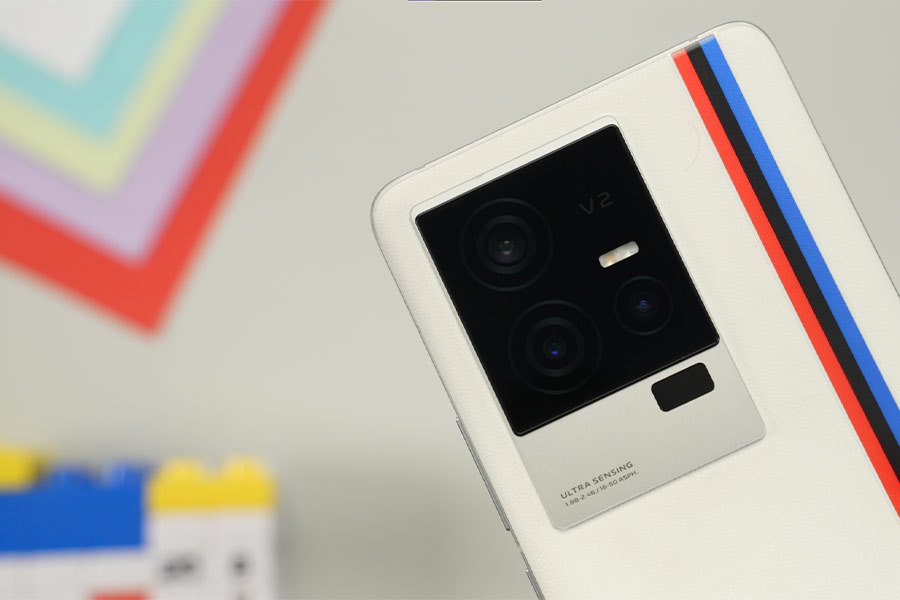
Normal Images
Review Images
1/7
Review Images
1/6
Off
Ultrawide, Telephoto Images
I also like how all three of its cameras have so similar image processing most of the time.Review Images
1/15
Ultrawide
Portrait Images
Review Images
1/6
Selfie Images
Review Images
1/5
Nighttime Images
The low-light images from iQOO 11 are also pretty great.Review Images
1/10
Videography
Moving on, iQOO 11 lets you shoot up to 8K 30 fps videos but I’m more than happy with my 4K recordings. At both 30 and 60 fps modes, the videos are decently steady and I also like how you can switch between the main and telephoto camera while you’re filming.You can switch to 1080 / 60 fps for the most stable results but do note that it uses frame cropping for such results. Now, this sounds pretty great and all but iQOO 11’s selfie video situation is just embarrassing. Forget 4K recordings, it doesn’t even support 1080 / 60 fps videos! Why do so many Chinese smartphone brands overlook selfie videos in this day and age, I’ll never understand.iQOO 11 Review: Conclusion
Summing up this review, iQOO 11 is an interesting phone, to say the least. It absolutely nails the performance and gaming aspect and I think this will continue to remain a solid contender throughout 2023 as far as pure performance is concerned. Likewise, its display and cameras are also quite impressive—although I wouldn’t call iQOO 11’s cameras flagship level in any way.Review Images
1/10
iQOO 11
The dilemma
I guess the biggest dilemma with everyone who’s considering this is if they should go with other established companies that have good brand value like the Pixel 7 or the iPhone 13. Instead of spending well over INR 50,000 on an iQOO phone. After all, iQOO 11 even got quite a steep price hike compared to both iQOO 9 and iQOO 9T before it. No wonder the iQOO 11 Pro didn’t make it to the international market. Because at such high prices, this Vivo sub-brand simply can’t compete against the top dogs in the premium arena.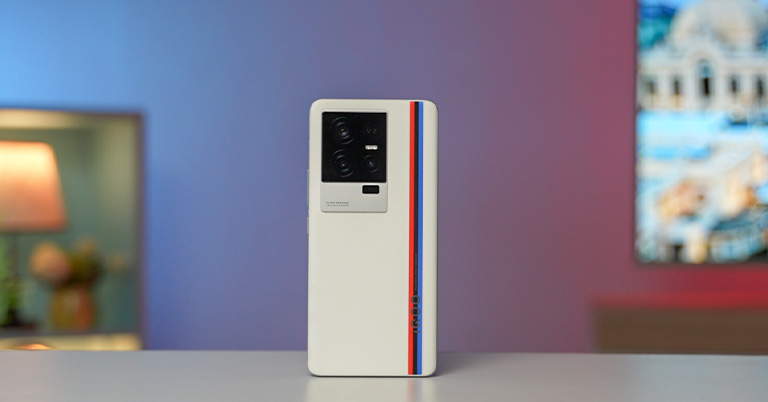
- Watch our video review of iQOO 11
- Excellent performance
- Organic leather feels nice to hold
- Great display overall
- Decent battery endurance
- 120W fast charging
- Fairly dependable cameras
- Still no IP rating
- Could be a bit too wide for some
- Not really a 144Hz display
- No 4K selfie video recording option

To say something about myself, I have been writing tech and gadgets from 2021. Although coming from a non technical studies background, I'm someone who is always fascinated by the latest gadget and tech innovations, circling around. Besides writing, you'll find me listening music and aligning the stars through astrology and sometimes even, tarot cards! 😉🧿
Comments
No comments yet. Add a comment to start a discussion

























































































































